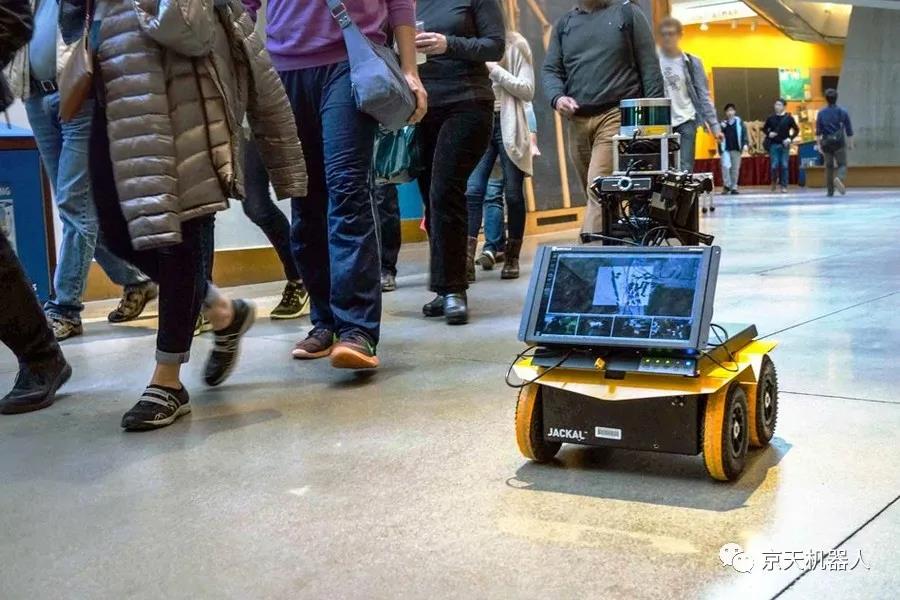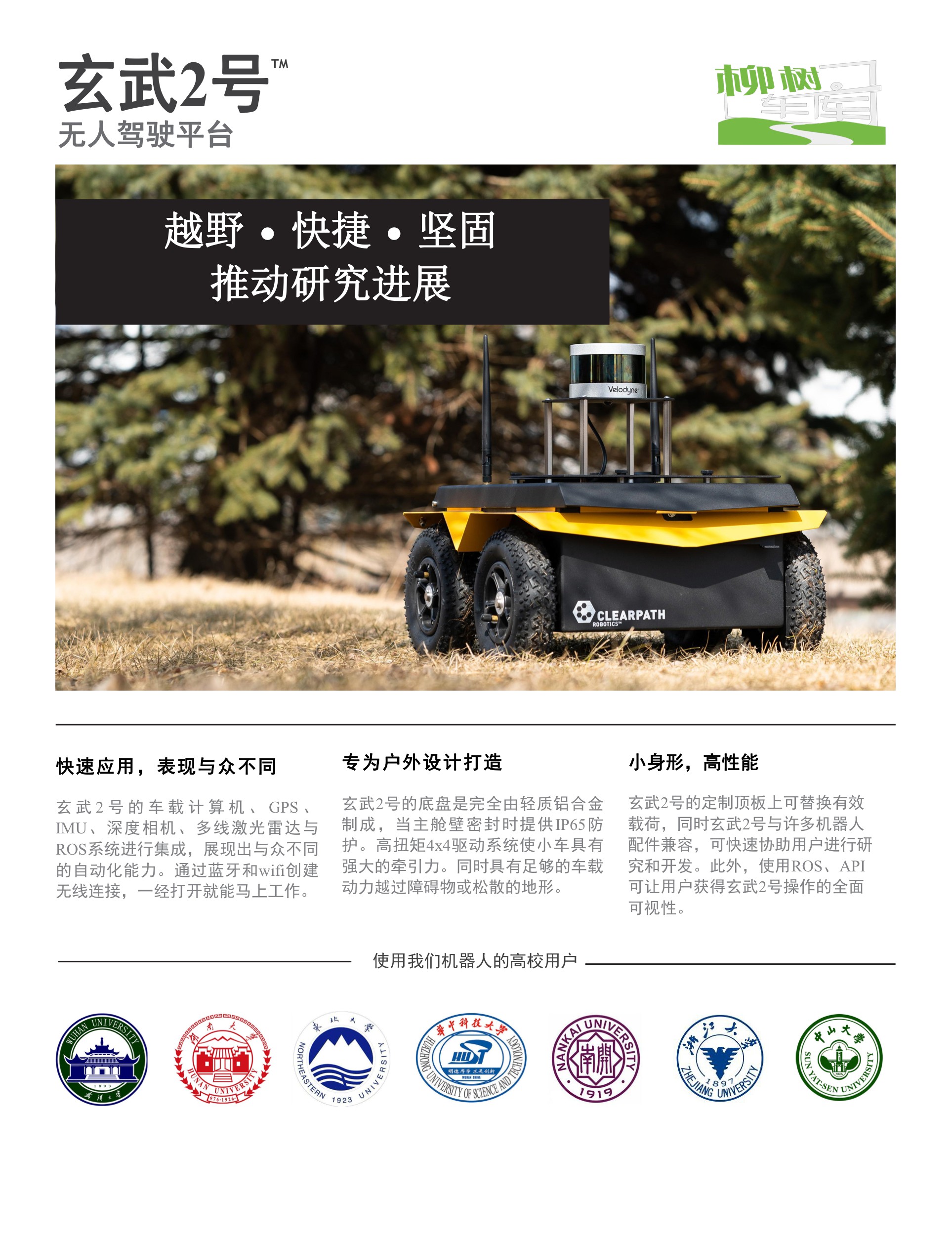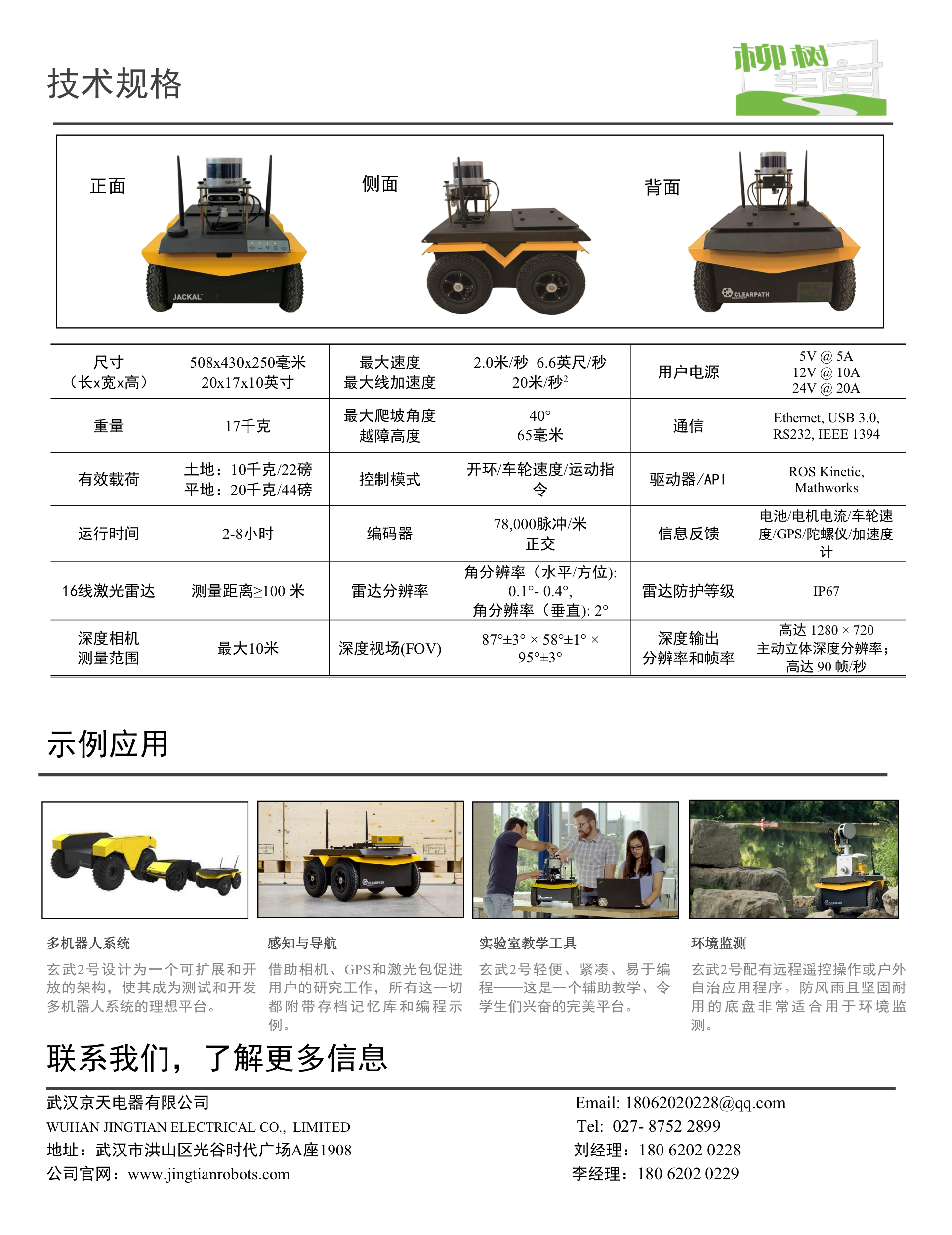
Just like drivers obey the rules of the road, most pedestrians follow certain social regulations when driving through corridors or congested passages: drive on the right, yield on the left, keep the distance between vehicles, and prepare to brake or change routes to avoid oncoming The obstacles come while maintaining a steady speed.
Now, MIT engineers have designed an automatic robot with "socially aware navigation" that can keep pace with the flow of people while observing some general rules for pedestrian walking.
In a driving test conducted inside the Stata Center of the Massachusetts Institute of Technology, Jackal, a mobile robot similar to knee height, successfully avoided collisions while maintaining an average pedestrian flow.
"Socially aware navigation is a core function of mobile robots that operate in environments that require frequent interaction with pedestrians," said Yu Fan Stephen, a former MIT graduate student and the lead author of this study. Chen said. "For example, small robots can operate on sidewalks to pack and transport food. Similarly, personal mobile devices can transport people in large, crowded spaces, such as shopping malls, airports, and hospitals."
Click the link to watch the video:https://mp.weixin.qq.com/s/W9DLUmLX9ejwAjaJVAA05g
Driving in a social environment
In order for the robot to move forward autonomously in a busy traffic environment, it must solve four main challenges: instant positioning (understanding its position on the world map), perception (recognizing its surrounding environment), and motion planning (determining to a given purpose) The best path to the land). And control (actually execute its required path).
Chen and his colleagues use standard methods to solve localization and perception problems. For the latter, they equipped the robot with off-the-shelf sensors, such as webcams, depth sensors, and high-resolution lidar sensors. For the positioning problem, they used an open source algorithm to draw a map of the robot's environment and determine the position of the robot. To control the robot, they adopted the standard method used to drive autonomous ground vehicles.
Everett said: "We think the area that needs innovation is motion planning." "Once you figure out where you are in the world and know how to follow the trajectory, what trajectory should you choose?"
This is a tricky problem, especially in pedestrian-heavy environments where it is often difficult to predict a single path. As a solution, robotics experts sometimes use a trajectory-based approach, in which they program the robot to calculate the best path that takes into account the trajectory required by each person. These trajectories must be inferred from sensor data because people did not explicitly tell the robot where they were going.
"But it requires constant calculations. Everett said that your robot will be parked to find out what to do next. At the same time, this person has already walked over before deciding that "I should go to the right." "So this method is not very realistic, especially if you want to drive faster. "
Others use a faster "reactivity-based" approach, in which simple models are programmed for the robot using geometric or physical principles to quickly calculate the path to avoid collisions.
Everett said that the problem with the response-based approach is the unpredictability of human nature-people seldom stick to straight geometric paths, but instead walk, turn around to greet friends or drink coffee. In this unpredictable environment, such robots often collide with people, or seem to be pushed around by avoiding others excessively.
Everett said: "In reality, the impact on robots is that they may be too cautious or too aggressive." "People find that they don't conform to socially recognized rules, such as giving people enough space or driving at an acceptable speed. , And they get more than help."
Training time
The team found a way to solve these limitations, enabling the robot to adapt to changing pedestrian behavior, while at the same time moving with the flow of traffic and following the typical social norms of pedestrian behavior.
They used reinforcement learning (a machine learning method), in which they trained the robot to take certain paths through computer simulations based on the speed and trajectory of other objects in a given environment. The team also incorporated social norms into the offline learning phase, in which they encouraged the simulated robot to pass on the right side and punish the robot when it passed on the left side.
Everett said: "We want it to shuttle naturally between people rather than being intrusive." "We want it to follow the same rules as everyone else."
The advantage of reinforcement learning is that researchers can perform these training programs offline, which requires a lot of time and computing power. Once the robot is trained in simulation, researchers can program it to execute the best path determined in the simulation when the robot recognizes a similar scene in the real world.
The researchers enabled the robot to evaluate its environment and adjust its path every tenth of a second. In this way, the robot can continue to move in the corridor at a typical walking speed of 1.2 meters per second without having to pause to reprogram its route.
Everett said: "We do not plan a complete path to achieve our goals, and there is no need to do this anymore, especially if you assume that the world is changing." "We just look at what we see, choose a speed, and execute. One-tenth of a second, then look at the world again, choose another speed, and walk again. This way, we think our robot looks more natural and can anticipate what people are doing."
Keep the crowd in order
Everett and his colleagues tested the robot in the busy and winding lobby of the Stata Center at the Massachusetts Institute of Technology (MIT). The robot can drive for 20 minutes at a time. It rolls smoothly with the flow of people and is usually kept on the right side of the corridor, occasionally allowing people to cross the left side and avoid any collisions.
Everett said: "We want to bring it to places where people work, attend classes, and eat. It shows that we are very successful in everything." "There was even a tour group once, and it avoided them completely. "
Looking to the future, it is planned to explore how robots can handle crowds in a walking environment.
Everett said: "The vitality of a crowd is different from an individual crowd. If you see five people walking together, you may need to learn something completely different." , Treat them as a whole." This is something to be considered in the future. "
Jingtian Robot has now launched the indoor and outdoor autonomous driving platform-Xuanwu No. 2, with SLAM and autonomous navigation algorithms, including depth cameras, 16-line lidar, odometer, IMU, GPS and other rich sensors. There are currently many in stock Interested friends can get in touch with us.



Donghu Robot Laboratory, 2nd Floor, Baogu Innovation and Entrepreneurship Center,Wuhan City,Hubei Province,China
Tel:027-87522899,027-87522877
Robot System Integration
Artificial Intelligence Robots
Mobile Robot
Collaborative Robotic Arm
ROS modular robot
Servo and sensor accessories
Scientific Research
Professional Co Construction
Training Center
Academic Conference
Experimental instruction
Jingtian Cup Event